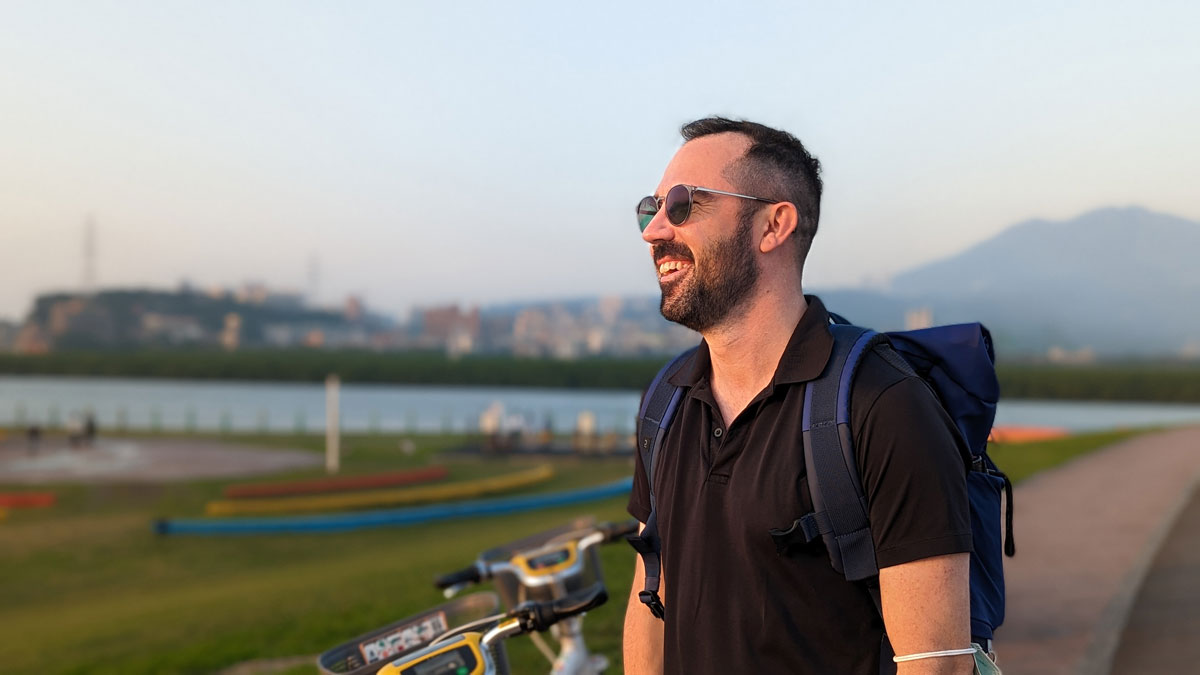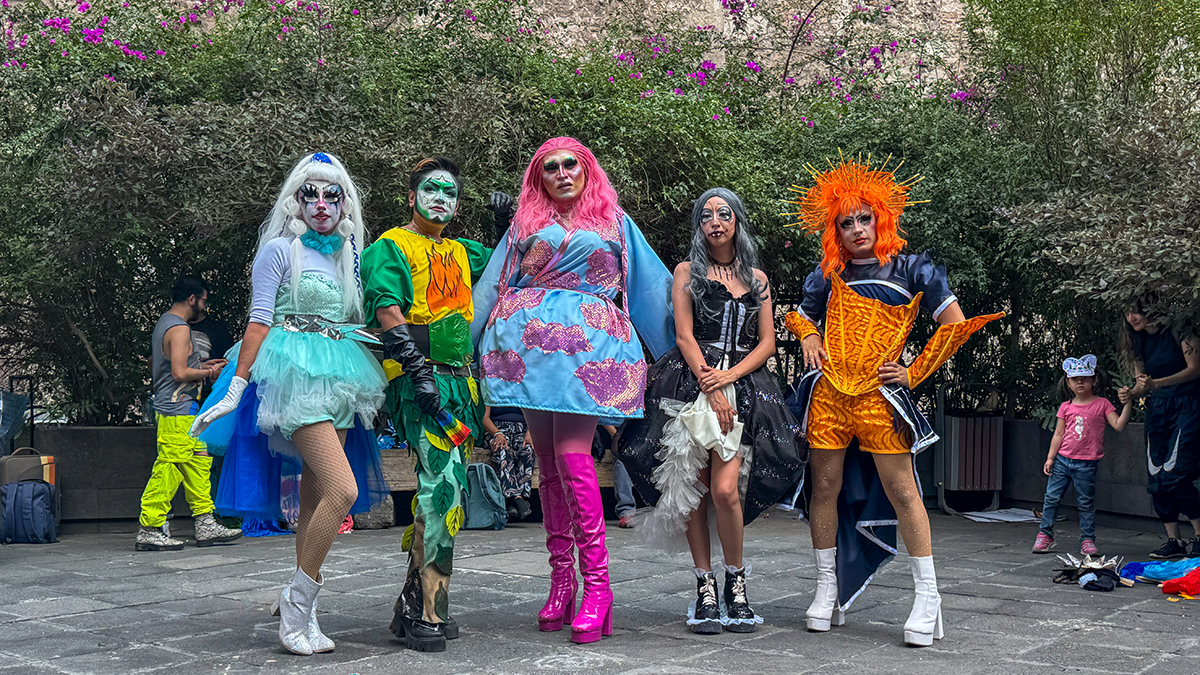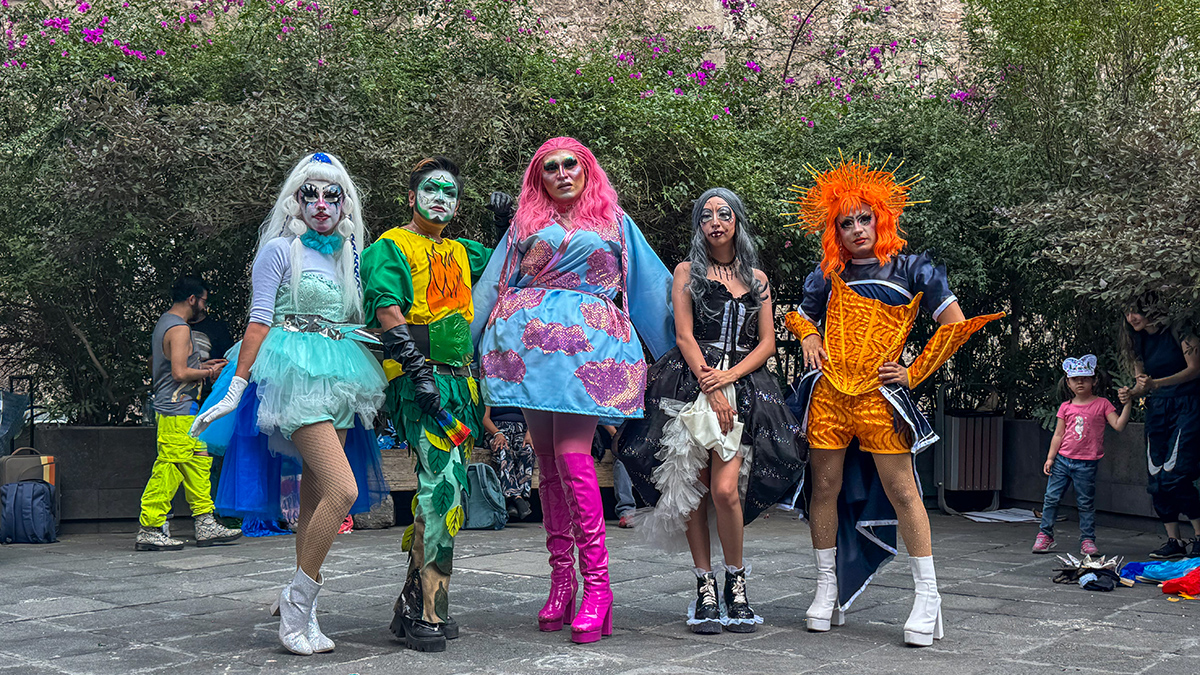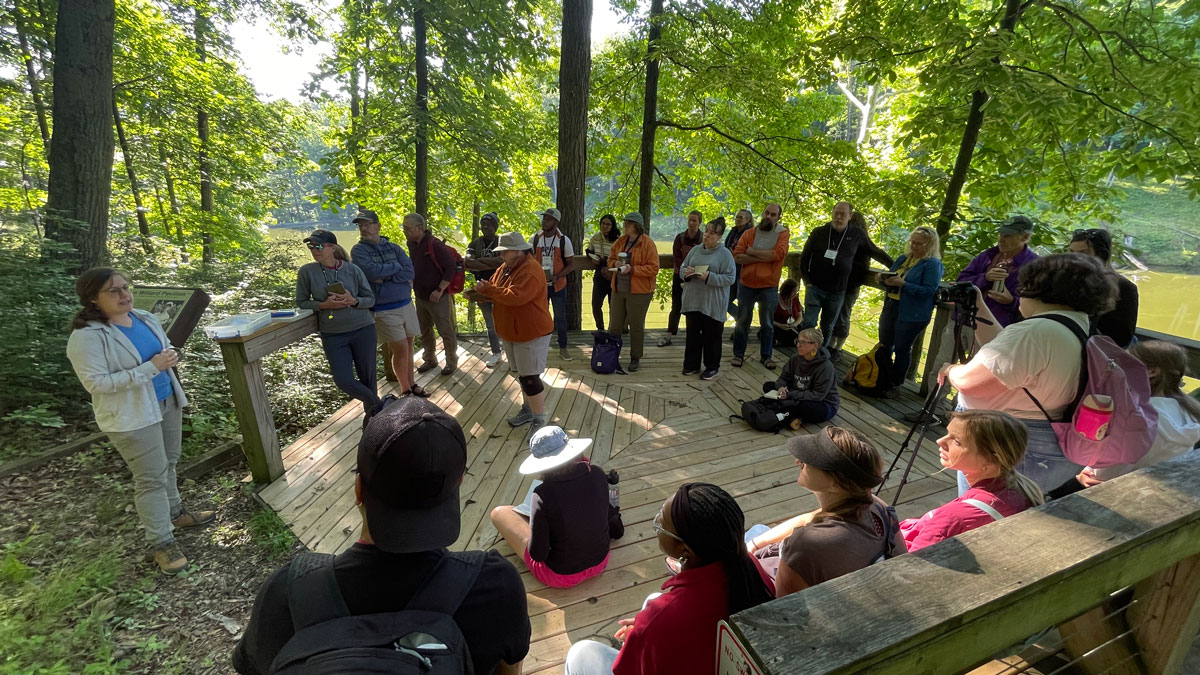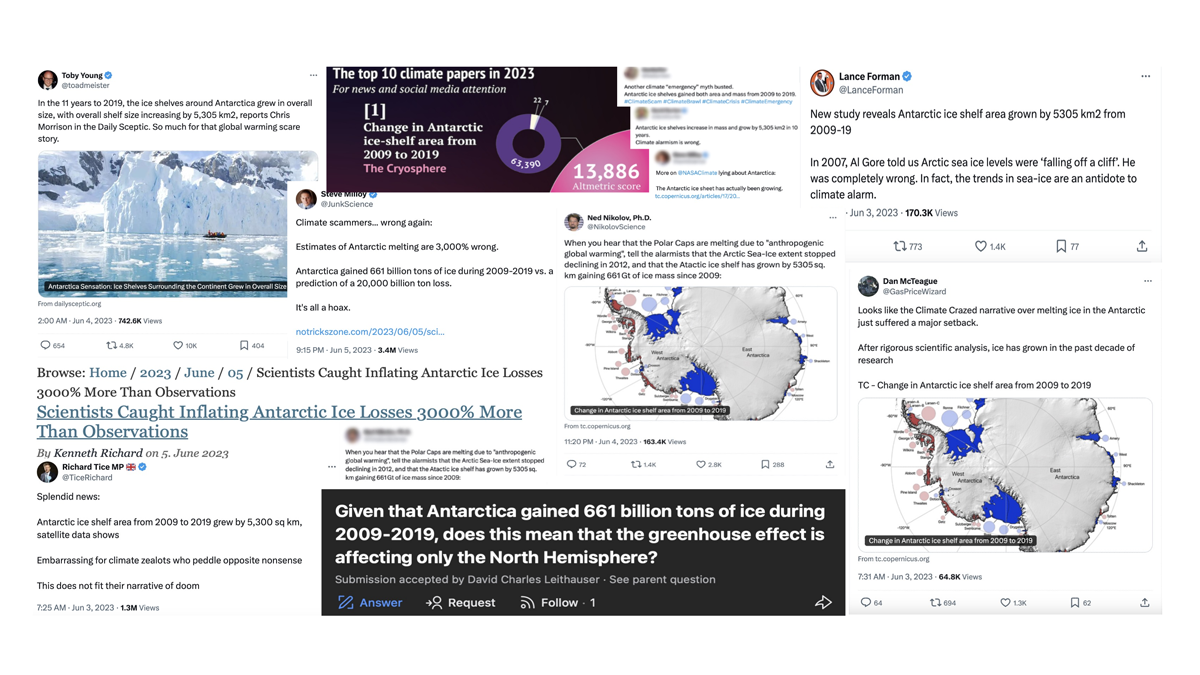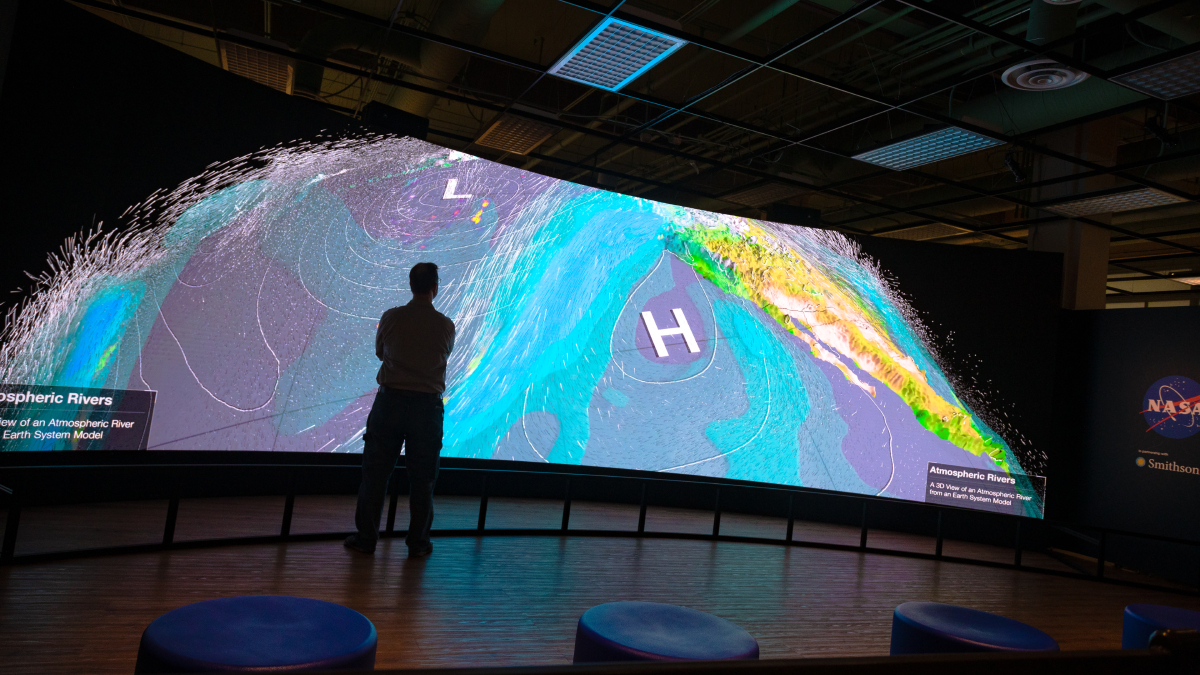This actor-turned-astronomer found success researching exomoons. Now he’s ready for another career change.
science communication
El conocimiento fluye de ida y vuelta en el TierraFest 2025
El TierraFest, el festival más grande de ciencias de la Tierra en México, adopta la diversidad como medio para compartir el conocimiento de nuestro planeta.
Knowledge Flows Both Ways at TierraFest 2025
TierraFest, the biggest Earth science festival in Mexico, embraces diversity as a means of sharing knowledge about our planet.
NSF Cancels Hundreds of DEI and Disinformation Grants
The National Science Foundation has cancelled hundreds of grants to researchers working on projects related to diversity, equity, and inclusion, as well as misinformation and disinformation.
National STEM Festival Celebrates 103 Student Innovators
A “national science fair” in Washington, D.C., hopes to help students persist on their pathways to STEM careers.
Integrating K–12 Teachers into Climate Education
Scientists and schoolteachers have teamed up to design training and classroom materials that help educators understand and teach the complex topic of climate change to tomorrow’s leaders.
When Climate Research Fuels Climate Myths: Author Insights from a Misused Publication
By equipping ourselves with preventive strategies, mitigation tools, and trusted networks, we can guide misinformed conversations back to accuracy and preserve the value of rigorous research.
Our Favorite Science Stories of 2024
What Earth and space science stories stood out this year?
Crafting Signs for Geoscience’s Future
Deaf geoscientists are creating the language to communicate their science as well as helping the community grow and thrive.
Smithsonian Exhibit Connects Sky-High Views with Down-Home Impacts
“Preserve and cherish the pale blue dot, the only home we’ve ever known.”

